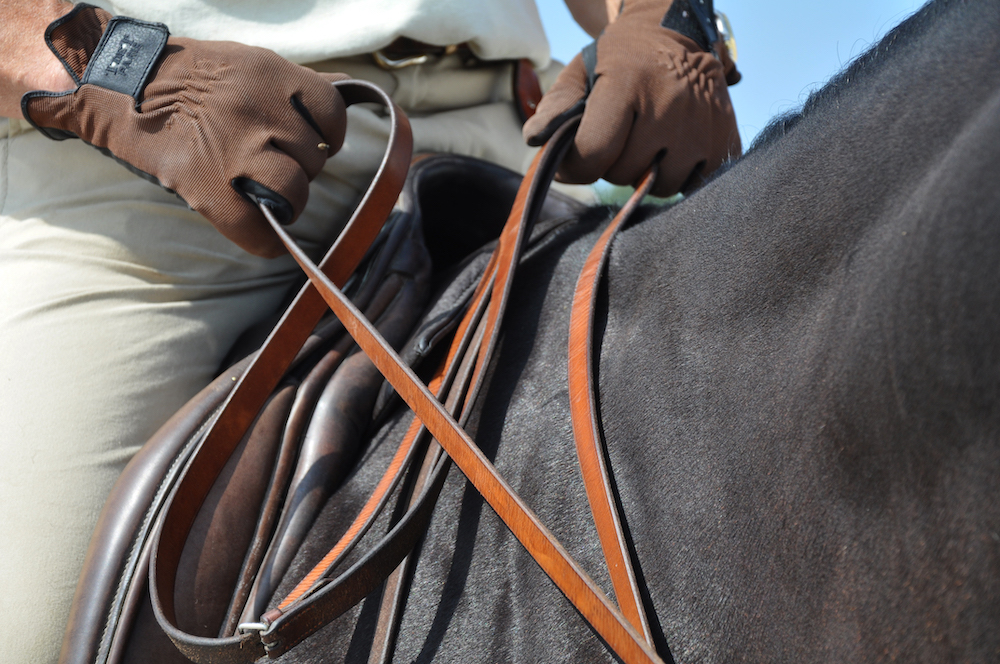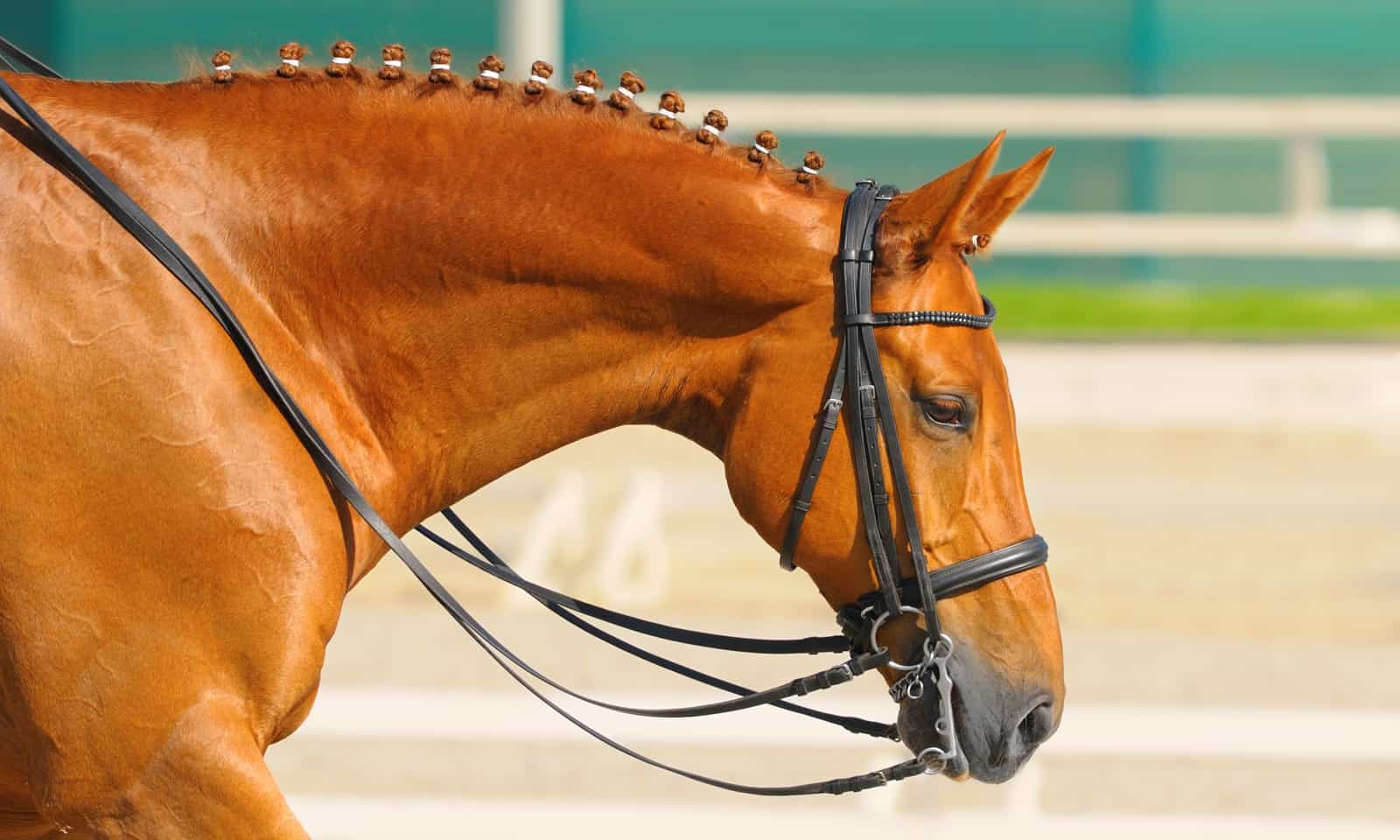
How to Hold Horse Reins: Simple Steps for Every Rider?
Share
Understanding how to hold horse reins is essential for every rider, helping to establish communication with your horse. Proper rein handling contributes to effective riding and enhances the overall experience for both the horse and rider.
Many novice riders may find themselves confused about the right methods for holding reins. Fear not! This detailed guide outlines everything you need to know about proper rein techniques.

The Anatomy of Horse Reins
Before diving into specifics, its important to familiarize yourself with the components of horse reins. Horse reins serve as a direct link between the rider and the horse, typically made from leather, nylon, or other synthetic materials. They come in various types, each suited for different styles of riding.
Types of Horse Reins
- Split Reins: These are two separate reins used primarily in western riding.
- Cotton Reins: Provide comfort and grip, great for beginners.
- Web Reins: Lightweight and durable, suitable for various weather conditions.
- Rubber Reins: Excellent for traction but may be stiff initially.

Getting Started: Basic Grip and Stance
It's crucial to adopt a comfortable yet disciplined stance when learning how to hold horse reins. Heres how to get started:
1. Proper Hand Position
Your hands should be relaxed and positioned just above the pommel of the saddle. This allows you to maintain control without tensing your body, which can disrupt your horse's performance.
2. Finger Positioning
Most riders hold reins with their thumb on top, wrapping the reins around their little fingers and securing them with their other fingers. This grip provides a secure hold while allowing for soft communication with the horse.
3. Maintain Steady Tension
Maintain a light, steady tension on the reins; it's important not to pull too hard. Remember, your horse is sensitive to pressure and will respond better to softer cues.

Advanced Techniques: Communication with Your Horse
Once you are comfortable with the basic grip, we can move on to more nuanced techniques for communicating effectively with your horse through reins.
1. Asking for Turns
To signal a turn, gently pull the rein towards the direction you want to go while applying appropriate pressure with your leg on the opposite side. This combination allows for a clear instruction to the horse.
2. Stopping Your Horse
To stop your horse, squeeze the reins to create a steady connection, followed by applying pressure with your heels. This indicates your desire for the horse to stop.
3. Maintaining Speed
For speed control, use slight adjustments in tension. Pulling back slightly on the reins can help your horse to slow down while loosening them allows for acceleration.

Training Tips: Rein Handling Drills
Like any skill, practice makes perfect. Here are a few exercises you can do to reinforce your rein handling abilities:
1. Ground Work
Before mounting your horse, practice holding the reins from the ground. This can increase your comfort level and help your horse become accustomed to your movements.
2. Shadow Riding
Have someone watch you as you ride to gauge your form and grip. Sometimes an external perspective can identify areas for improvement that you may not notice.
3. Use a Mirror
If possible, practice in front of a mirror to observe your stance and hand positioning. This visual feedback can be valuable for adjusting your technique.
Common Mistakes: What to Avoid
Even experienced riders can fall into common pitfalls when handling reins. Here are a few mistakes to watch out for:
1. Over-Gripping
A common mistake is applying too much tension on the reins. This can lead to discomfort for your horse and a lack of responsiveness.
2. Tension During Turns
Keep your hands quiet when turningavoid jerking the reins, as this can startle your horse.
Health Considerations: The Ergonomics of Rein Holding
For health-conscious pet owners, it's crucial to consider ergonomics in your riding practice. Poor posture while holding the reins can lead to fatigue and discomfort.
1. Stretch and Flexibility
Incorporate stretches for your arms, back, and legs before and after riding. This will help maintain flexibility and improve your overall riding performance.
2. Take Breaks
Riding for long periods without breaks can lead to muscle strain. Take regular breaks and check in with your posture and grip periodically.
Conclusion: Mastering the Art of Rein Holding
Knowing how to hold horse reins effectively not only fosters a successful riding experience but also cultivates a deeper connection between you and your horse. Through practice, awareness, and patience, you will develop skills that enhance your horse riding experience.
For additional reading and knowledge on bridle techniques, check out our resources on bridling a horse, bridling techniques, or English-style bridling.
Remember, every great rider started as a beginner, so keep refining your skills and enjoy the journey with your equestrian companions!
FAQs
1. What is the best way to hold horse reins for beginners?
The best way is to hold the reins with your thumbs on top and wrap them around your little fingers. Keep a light hold to communicate effectively.
2. How important is tension on the reins?
Maintaining a steady and light tension is crucial. Too much tension can make it difficult for your horse to respond to your commands.
3. Can my posture affect my rein holding skills?
Absolutely. Good posture and grip are vital for effective riding as they influence both your control and comfort.
As an Amazon Associate, I earn from qualifying purchases.
